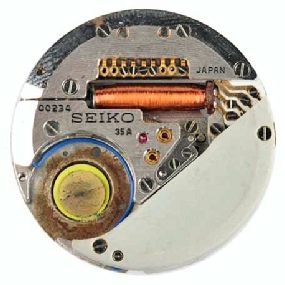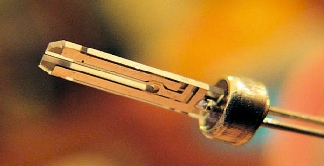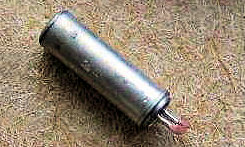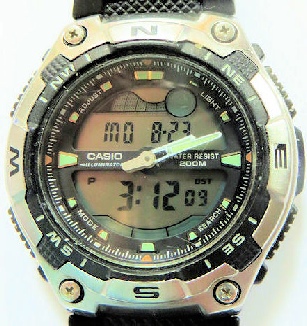



















TIME AND HOW A QUARTZ CLOCK WORKS -

That’s not very practical for domestic use and certainly not for personal time measurement. Smaller pendulum clocks were devised with springs instead of weights but again the pendulum limited the size of the instrument and a much smaller way of counting was needed. Enter the balance wheel.
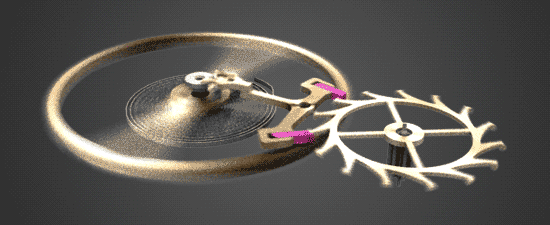

A balance wheel turns one way and then the other and this is caused by the winding and unwinding of a fine hair spring. The force for this is provided by a much larger spring. At each balance wheel cycle, the wheel is given a boost and carries on first one way then the other regulated by an escapement mechanism. Gears count the seconds using the rate of spin of the balance wheel and, again, the time is told by hands moving round the clock face.
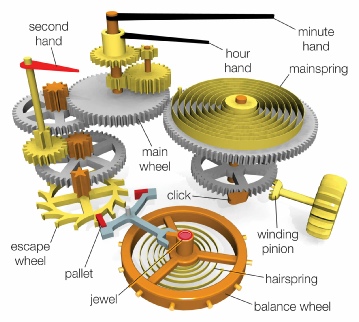

But all these clocks have drawbacks. Some are too large while all of them have delicate mechanisms, easily damaged. They also require frequent human intervention to wind them up to keep the pendulum, or the balance wheel, moving. They depend on gravity too which varies from place to place and with height above sea level. Pendulums can change in length due to changes in temperature. Wouldn’t it be much better if we could devise a simpler way of measuring time?

Well we have -
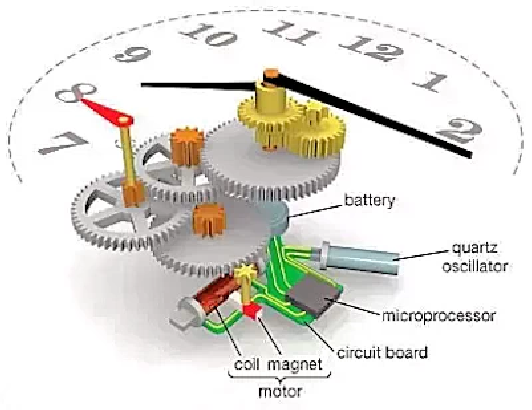

Quartz is a form of silicon dioxide and you can find it in sand and most rocks. And it is piezoelectric. This means that if you squeeze it, it produces a voltage. But conversely, if you apply an electric voltage to it, it vibrates and it does it at a precise frequency – a given number of times per second. So in a quartz clock, an electric circuit with a battery passes a voltage to the crystal and, because of its shape and size, it vibrates at exactly 32768 times a second. All you have to do is count the vibrations.

The circuitry can do this, and generate regular pulses at precisely one second intervals. These drive an electric stepping motor which, through the usual gears, drives hands on the clock face. But also the pulses can drive a digital display so can show the time digitally too. Sometimes both digital and analogue displays are combined.
The quartz crystal is sealed inside an evacuated sheath for protection (photo courtesy of Deutsches Uhrenmuseum, CC BY 3.0 de)

The first quartz clock was built in 1927 by Marrison and Horton at Bell Telephone Laboratories in the US. Japanese watchmaker Seiko made the first quartz watch – the Astron -
